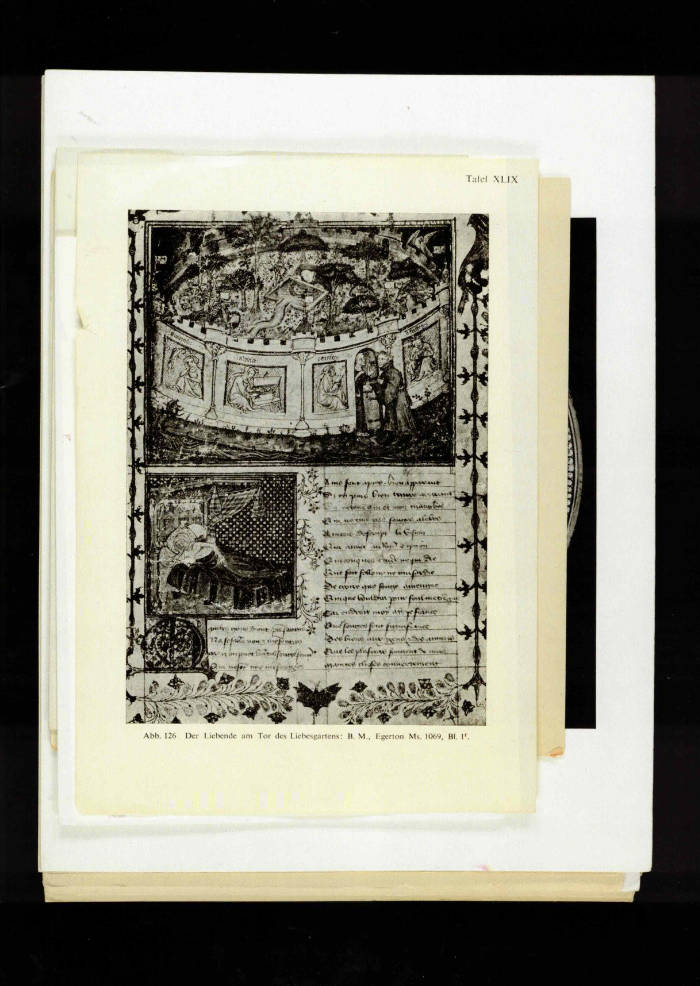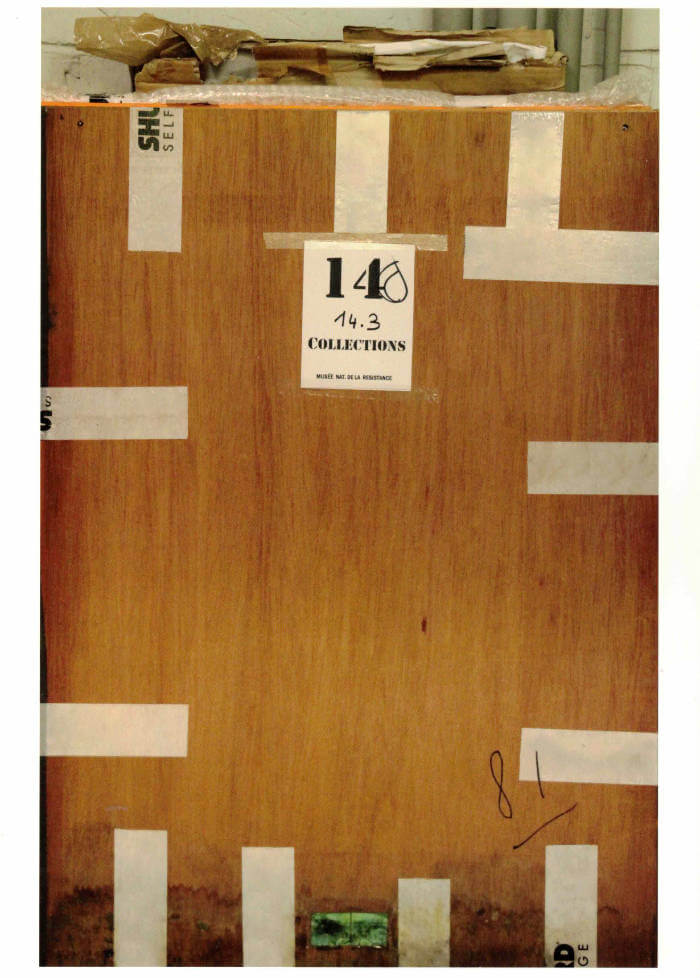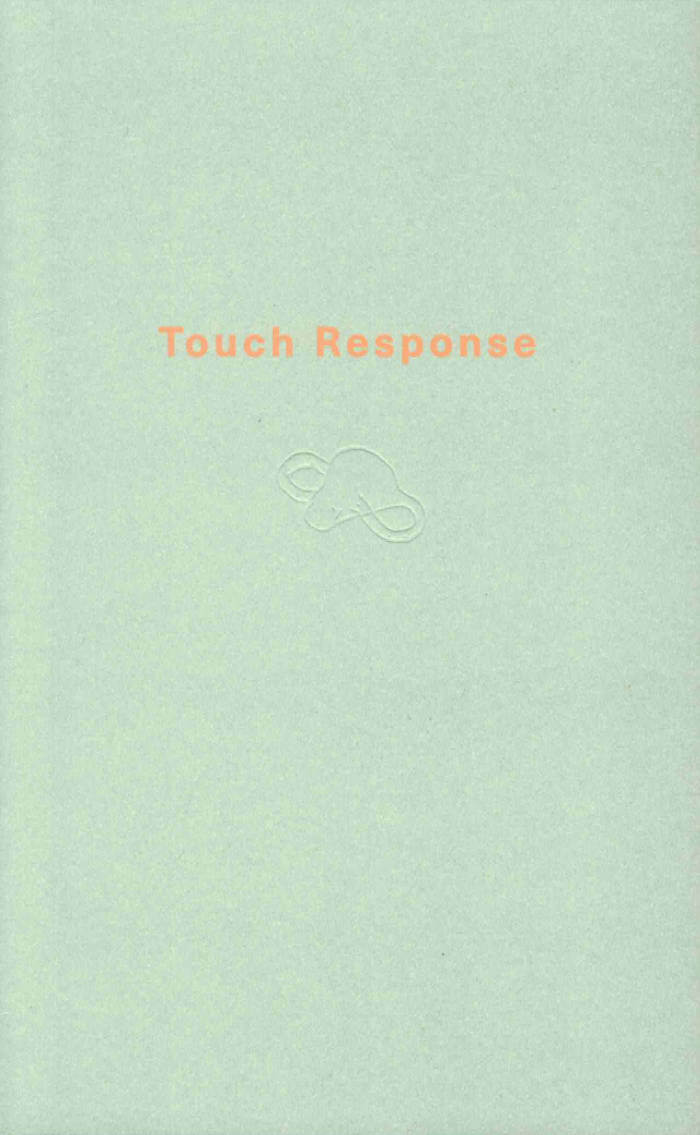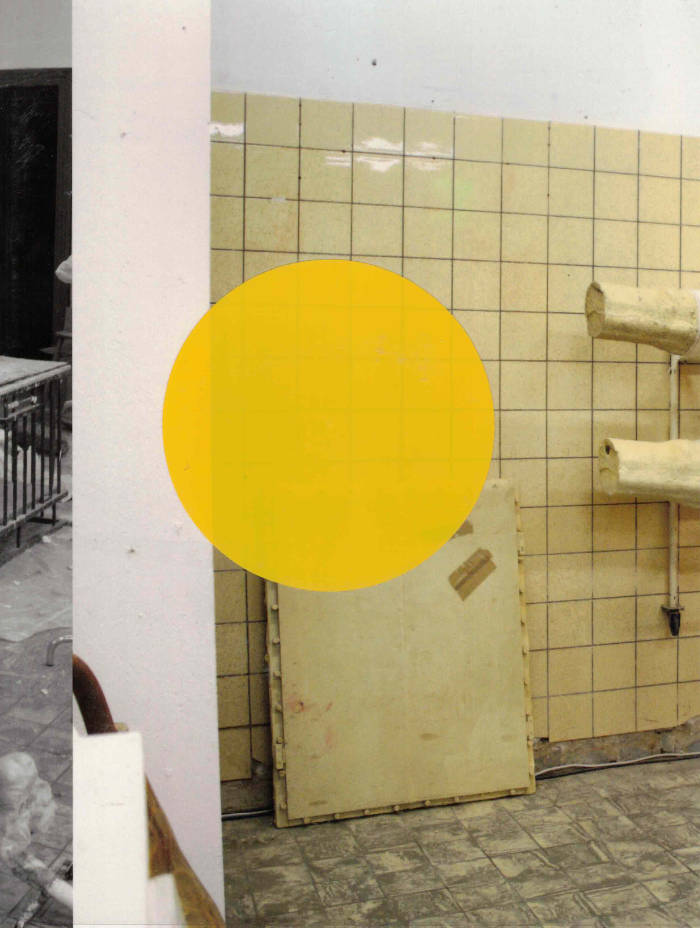
Narcissus. Looking into an (artificial) well of fountain
This publication shows the content of the folder ‘Narcissus. Gazing into an (artificial) well of fountain’. This folder is one of the 18.000 subject folders that are kept in the photographic collection at the Warburg Institute in London. This iconographically organized archive contains reproductions of sculptures, paintings, drawings, prints, tapestries, and other forms of imagery, ranging in date from classical antiquity to circa 1800. All the photographs in this publication were taken on July 2th 2023.
Many thanks to Paul Taylor, Curator of the Photographic Collection, Warburg Institute, London.
Second edition







